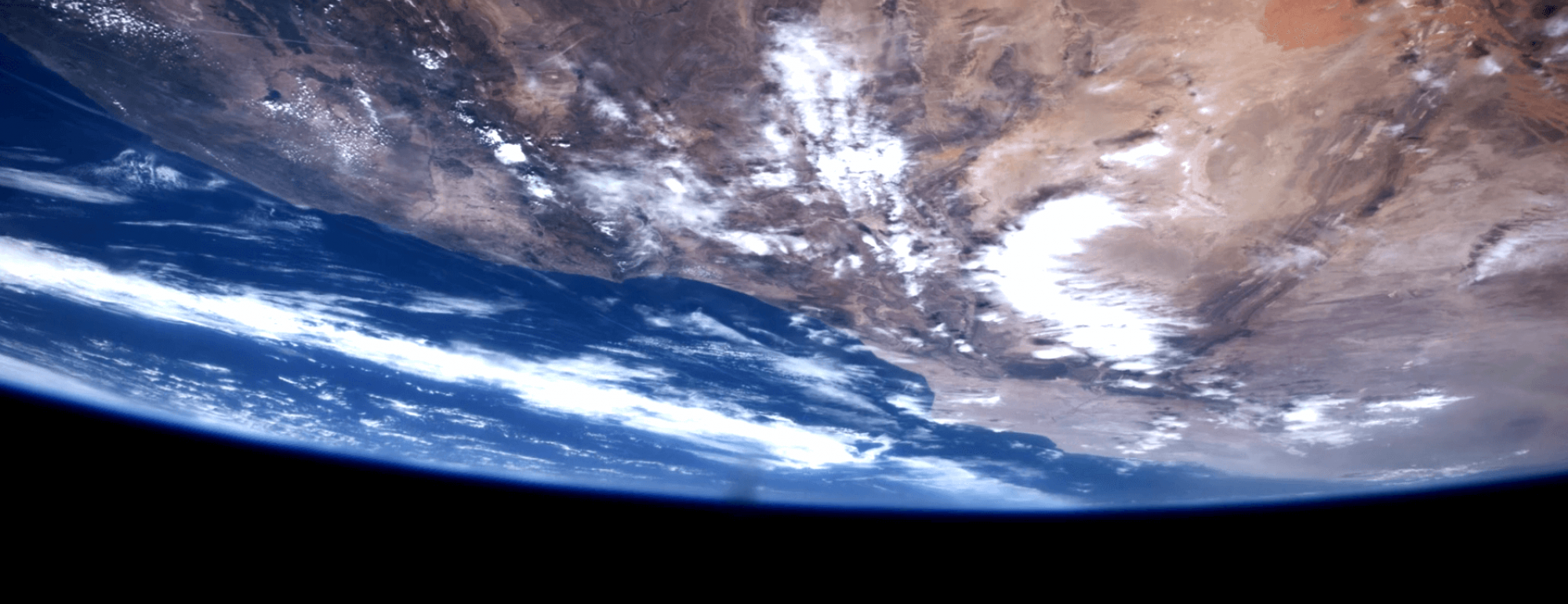IN BARNLIKE BUILDINGS on an acre of land among alfalfa fields and cattle, dedicated UC Davis scientists have studied gravitational biology for more than five decades.
These unassuming buildings house what may be the largest centrifuge lab in the world, part of the Chronic Acceleration Unit, or CARU. A few years before men landed on the moon in 1969, faculty and students conducted experiments on hypergravity there, assessing how astronauts’ bodies could be affected by long-term spaceflight, take-offs and landings, and how their lives and health could be improved. That work continues today.
NASA has invested millions of dollars in UC Davis research, working with UC Davis biologists, engineers, physiologists, psychologists and other researchers to study life in space — whether that be studying space itself, the effects of gravity, getting there, staying there or surviving there.
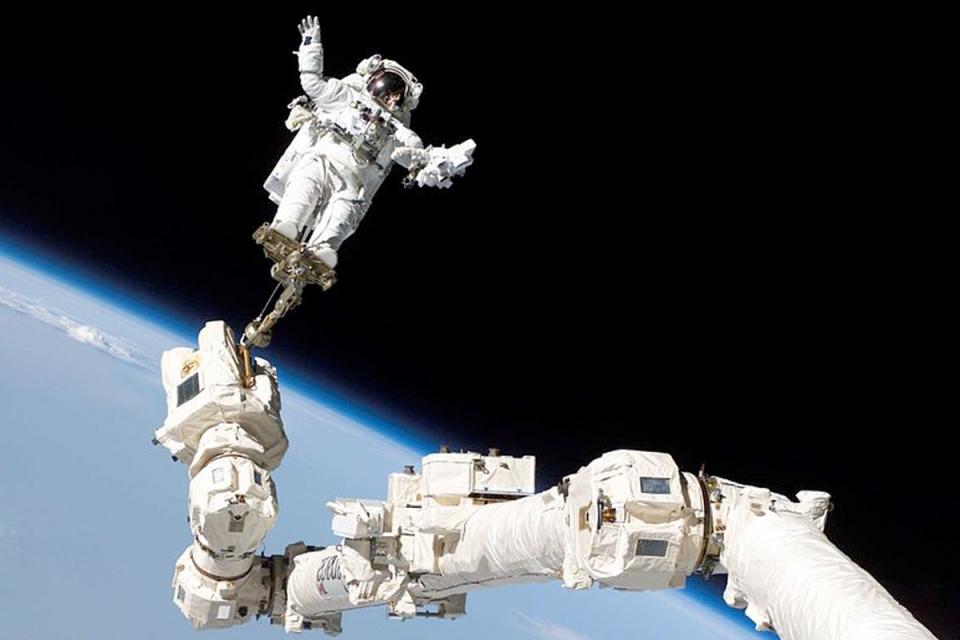
Astronaut Stephen K. Robinson, STS-114 mission specialist, anchored to a foot restraint on the extended International Space Station’s Canadarm2, participates in the mission's third session of extravehicular activity. The blackness of space and Earth’s horizon form the backdrop for the image. Photo taken Aug. 3, 2005. Robinson is a UC Davis graduate who returned to teach in 2012. He now serves as chair of the UC Davis Department of Mechanical and Aerospace Engineering. He flew on four space shuttle missions. (Photo/NASA)
Among the hundreds of UC Davis graduates who have gone on from UC Davis labs to careers in the space industry is Liz Warren. She was a junior in high school when she began to think seriously about her future education and career. She was equally comfortable on a nature hike — fascinated by every leaf, flower and bug — as she was in a lab with a microscope.
But she was also intrigued by flight (her father worked for a national airline) in the space travel that was ever-present on television and in everyday life growing up in the ’80s and ’90s.
“I was born with insatiable curiosity about so many things,” she said. “I thought at some point I was going to have to make a choice between rockets and space — and biology.”
She did not have to make that choice.
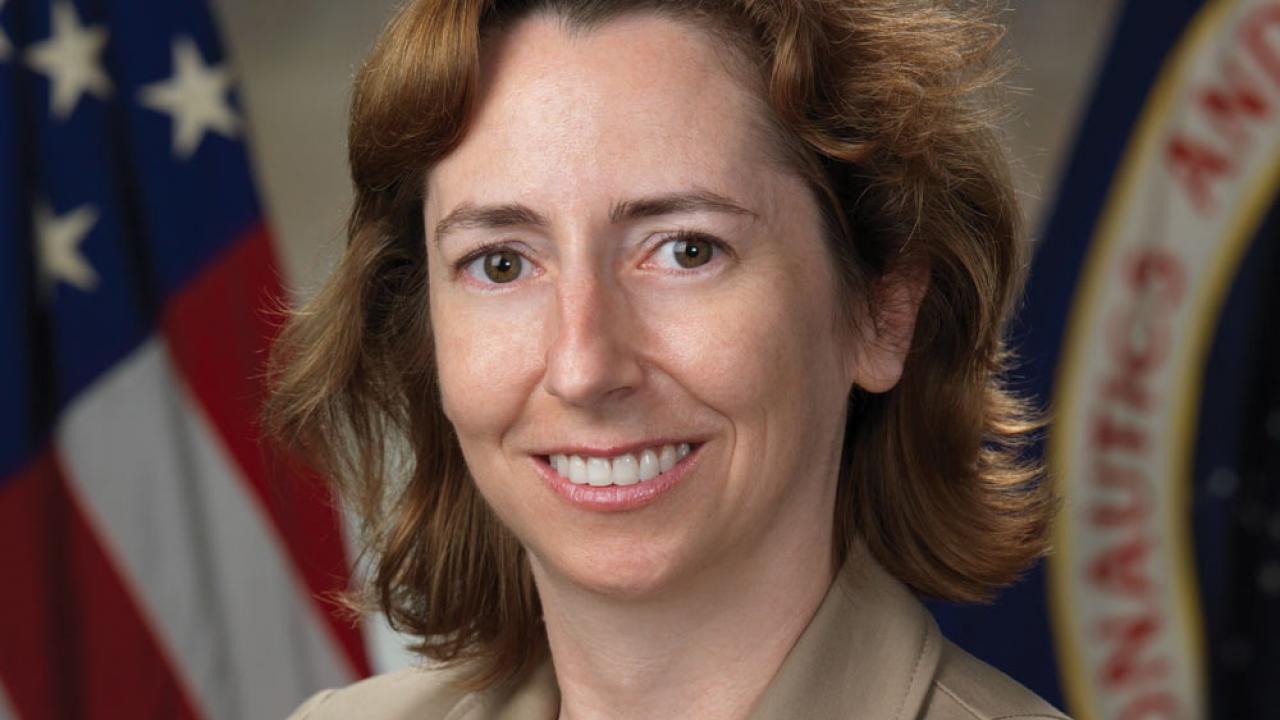
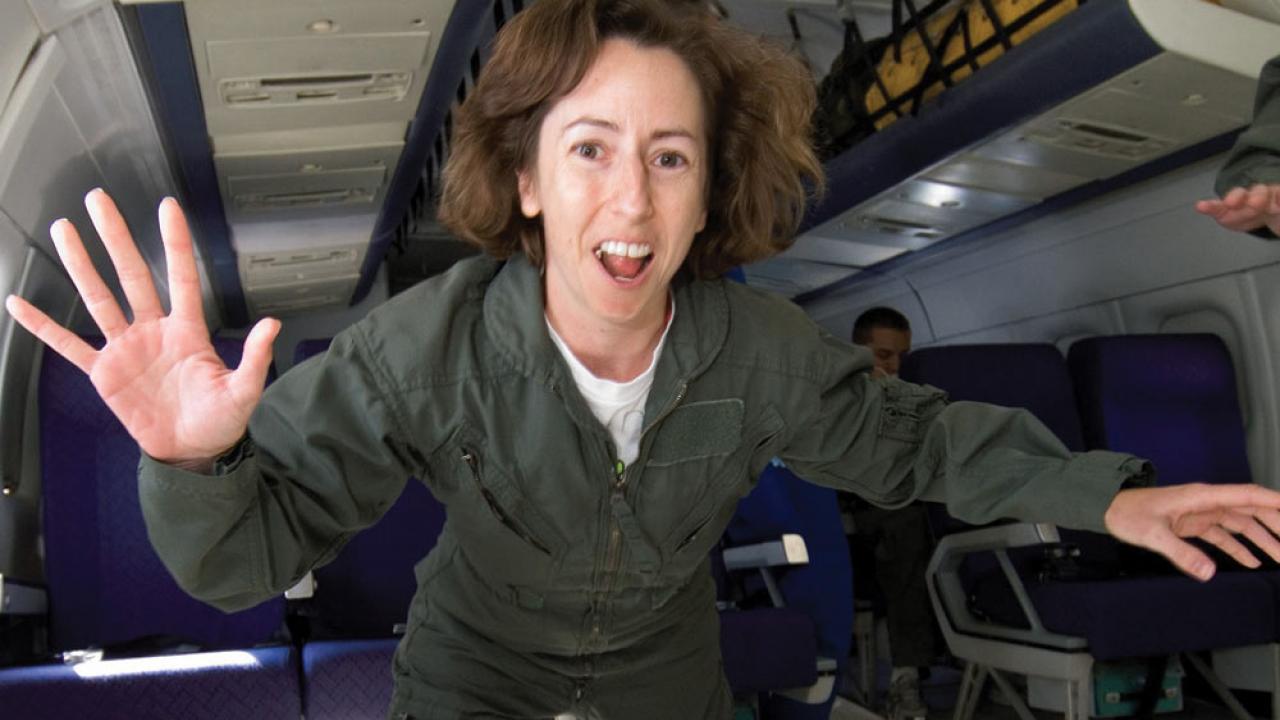
Knowing her daughter was torn between these two paths, Warren’s mother noticed an article in the local Marin County newspaper about an astronaut who lived just 2 miles away, Millie Hughes-Fulford. The local astronaut would soon be flying on the STS-40 Space Mission, the first space lab dedicated solely to looking at life sciences.
“My mother invited her for tea,” Warren explained. “I admit, at first I was mortified, as a teen, that my mother would do this. But this woman came over, brought booklets for me from NASA and told me I could in fact study biology in space.
“I learned from her — you can be a biologist and work at NASA. I thought, ‘I can follow exactly what my heart wants to do.’”
That astronaut, Hughes-Fulford, now a professor at UC San Francisco's Helen Diller Family Comprehensive Cancer Center, changed the course of Warren’s life. She invited Warren to the May 1991 launch of STS-40 at Kennedy Space Center. The young Warren attended the launch attempt, but it was postponed. Disappointed, she returned home to take a high school final before the shuttle took off.
“I have to say, if I had to do it over again, I would have skipped that final,” she said.
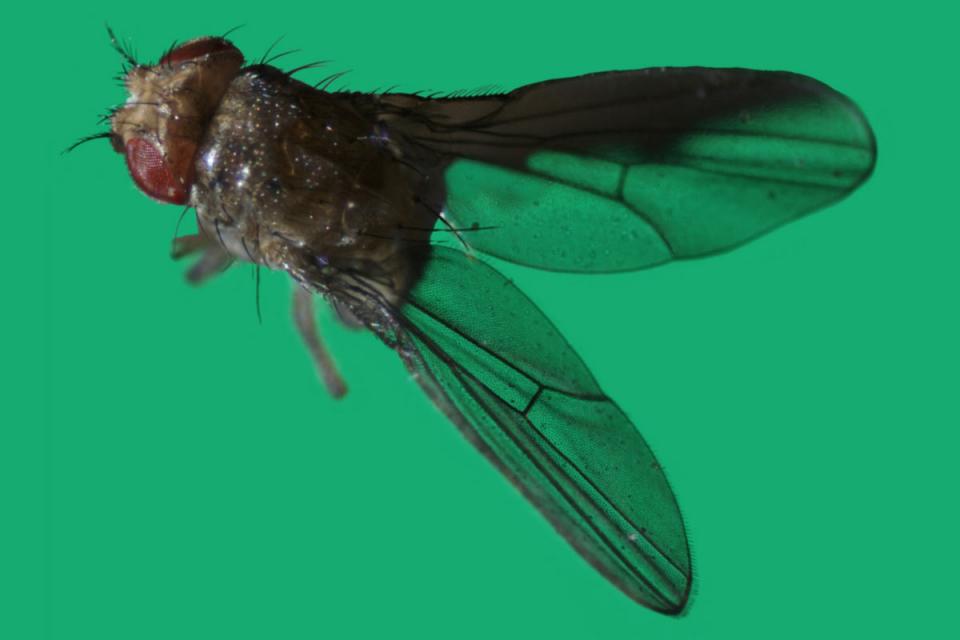
Fruit flies serve as important models to test how immune systems of astronauts could be affected by spaceflight. UC Davis Professor Deborah Kimbrell sent fruit flies to space in 2006 in a study commissioned by NASA. The research continues today.
Studying gravity on living species at UC Davis
A few months later, Warren entered University of California, Davis — a school that initially did not accept her for admission. But she appealed the decision because she wanted to study at a campus known for its sciences. What she did not know at the time was that UC Davis was the perfect place to forge her eventual path to space research, as UC Davis had studied the effects of gravity on living things since before men landed on the moon in 1969.
Warren went on to earn her bachelor’s degree as well as her doctoral degree in molecular, cellular and integrative physiology from UC Davis, completing her studies in 2003. Since graduating, she worked in many capacities at NASA, and eventually landed at her current role. She now works as associate program scientist at the Center for Advancement of Science in Space, or CASIS, a nonprofit that manages the National Laboratory portion of the International Space Station, or ISS. The facility orbits in space and has housed six international astronauts at a time for the past 18 years. The ISS is about the size of a football field and weighs close to a million pounds.
“It’s my job to help the research community take advantage of the space station,” she explained, by facilitating scientific experiments that will not only help astronauts in space but also humans on earth.
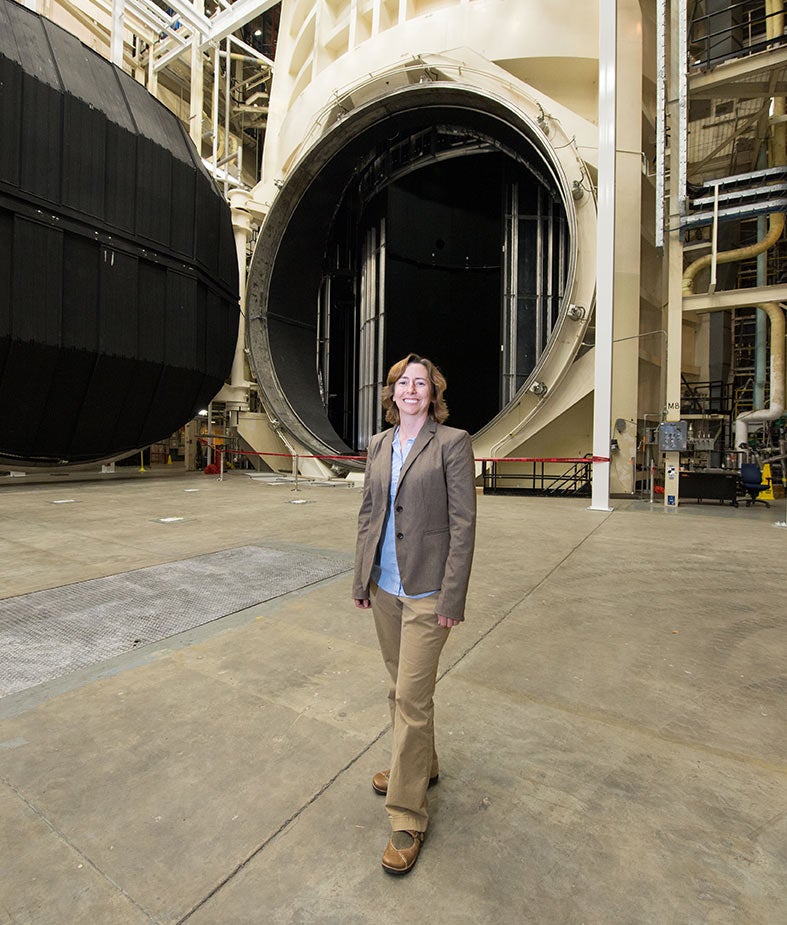
The centrifuge lab
As an undergraduate, Warren set her sights on working in the space program. At UC Davis, she discovered “Chuck Fuller’s lab,” a place she would spend many years, as have dozens of students before and after her, researching the effects of gravity on living systems.
“In order to get to NASA, I knew I had to find someone who knew someone,” she said. That was Charles Fuller, a professor and researcher who studied under the founder of the Chronic Acceleration Research Unit, or CARU, lab. Fuller earned his bachelor’s degree in zoology, and master’s and doctoral degrees in physiology at UC Davis. Today, Fuller oversees the lab’s many experiments, including those on the effects of spaceflight on the human body, and supplies scientific research to NASA as well as space exploration programs in other countries.
“He enabled me and other students in his lab so much freedom to learn how to be scientists,” Warren said about Fuller, who became her academic adviser. The lab proudly displays a NASA photo of Warren in the lab’s office building.
Much of what she learned in that lab she now applies to her current work, looking at the effects of space on the human body.
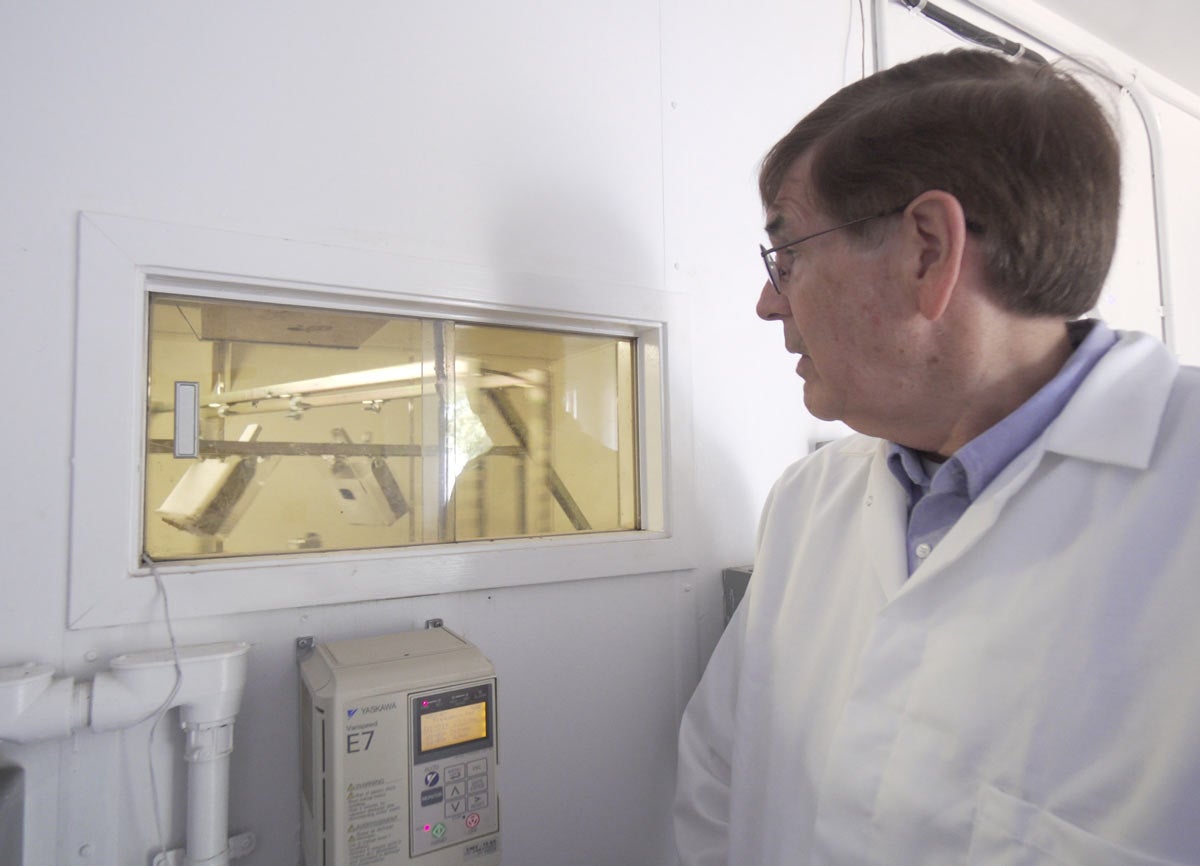
A long history with gravity
Much of the work in gravity at UC Davis is centered at the CARU lab.
Only two directors have led the lab since its establishment in 1964 — Fuller, who came as professor and director of the lab in 1984, and before him, its founder, Arthur Hamilton Smith, known as “Milt” Smith. The lab’s buildings on south campus house four working centrifuges of different sizes, up to 20 feet in diameter, that can spin around to change the force under which an animal is living.
“I’m all about gravity,” Fuller said of his research. On earth, gravity is constant. Hypergravity, a condition where the force of gravity exceeds the earth’s gravity, creates effects of G-forces on the body, which causes, for astronauts, a perception of weight on the body. Hypergravity happens when a space shuttle is taking off.
This effect is also simulated on a spinning merry-go-ground or a spinning centrifuge, for example.
UC Davis researchers have found that animals in a centrifuge, which in past experiments have included fruit flies, rats, and early on, primates and even chickens, can eat, drink, and otherwise function and adapt to their hypergravity environment over time. With these experiments, scientists can study what effects hypergravity has on the animals’ bodies, and learn how exposure to these G-forces might help prepare astronauts for space travel. The lab also looks at effects of light, nutrition, ambient temperature, acceleration and other variables.
NASA supports hypergravity research because, like microgravity, it can affect bodies in space, particularly at both launch and re-entry to earth. The heart, at these times, has to pump more blood through the body to push it to the brain, Fuller said, similar to when a person feels dizzy or faint after a fast ride at a fair or even if someone gets up too quickly when feeling ill.
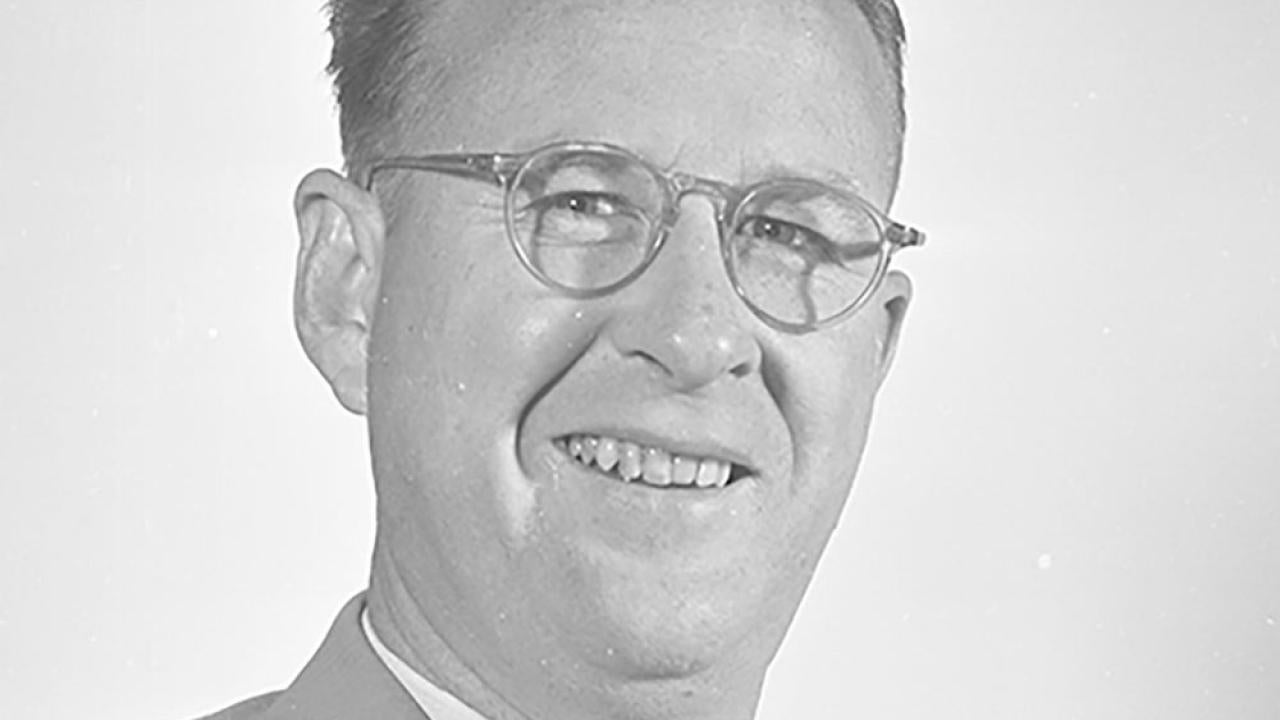
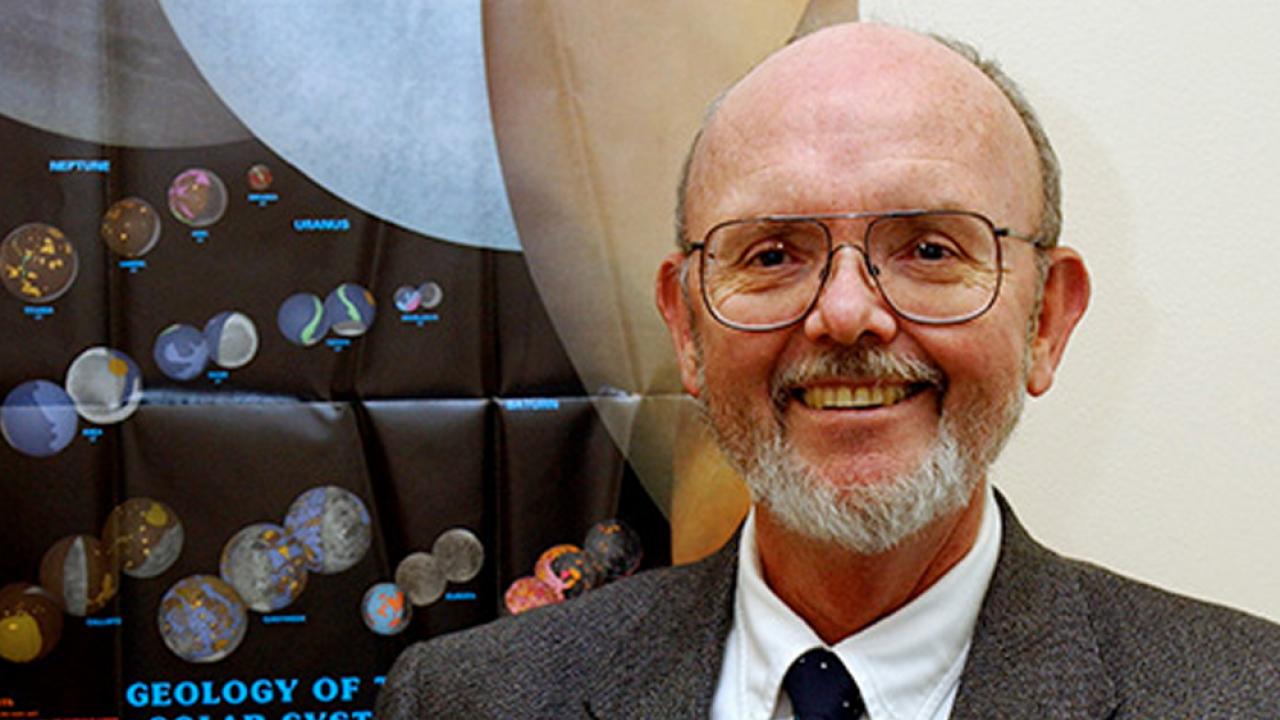
Hypergravity is of interest to researchers for another reason. Prior exposure to hypergravity, scientists speculate, could condition bodies better to travel to space, especially for long-term travel in a weightless environment. Fruit flies, whose immune systems are remarkably similar to those of humans, saw improved immunity when exposed to hypergravity before space travel in a UC Davis-NASA experiment in 2006, suggesting that hypergravity treatment for astronauts before and after space travel could mitigate some health problems experienced after space travel.
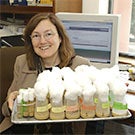
Fruit Flies Raised in Space by UC Davis Researcher Show Weakened Immunity
Studies Continue Today, Help Scientists Understand Spaceflight Challenges for Humans
Scientists also continue to look at how exposure to hypergravity in space, or even simulated earthlike gravity, could make astronauts’ return to earth easier in other ways, as astronauts adjusting to earth’s gravity shortly after a spaceflight often experience dizziness, difficulty walking and other effects.
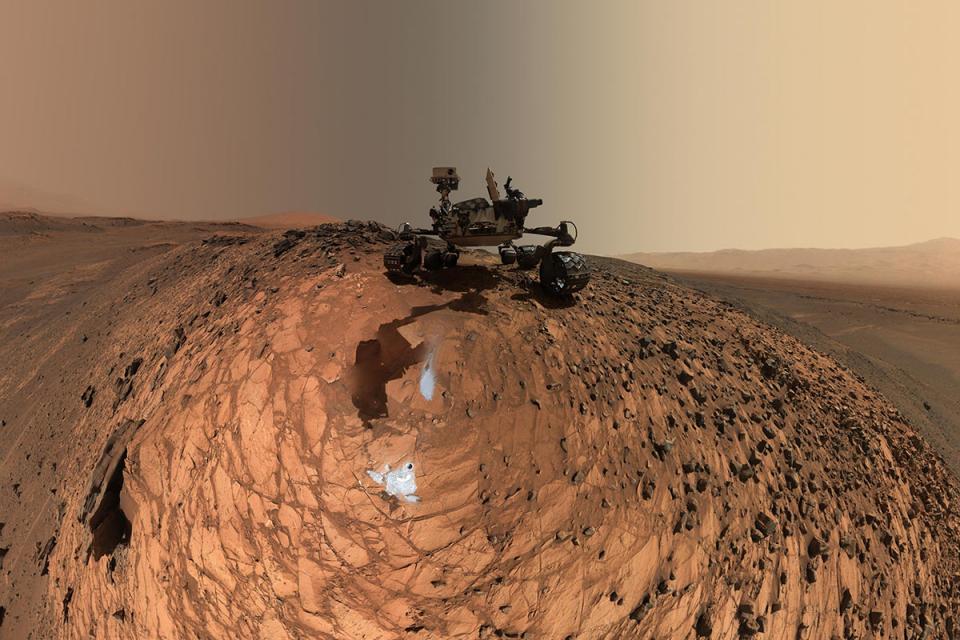
Lifting weights in space
“Life as we know it has evolved with one constant and that is gravity,” Warren explained. “In space, astronauts’ bodies don’t have to fight gravity, so the bones and muscles and cardiovascular fitness can atrophy from lack of use.”
While weight-bearing exercises strengthen bones on earth, one can’t really lift weights, in the traditional sense, in a weightless environment.
To overcome this challenge, scientists have developed what they call countermeasures, which include specific exercises and even vitamin D supplements to help preserve bone density and strength, Warren said. Currently the ISS houses a specially designed machine called the Advanced Resistive Exercise Device, or ARED, which is capable of exercising all the major muscle groups through squats, dead lifts, calf raises and other exercises using specifically designed resistance machines. However, these large machines won’t fit on the much smaller spacecrafts slated to be used for NASA’s future manned exploration missions. So new innovations will be needed, Warren said.
Genes, too, play a role in astronauts’ ability to withstand microgravity for long periods of time without excess bone loss. For example, some astronauts may be genetically predisposed to have stronger bones that don’t break down as much in space, and others may be genetically predisposed to have weaker bones. These are issues all under study now.
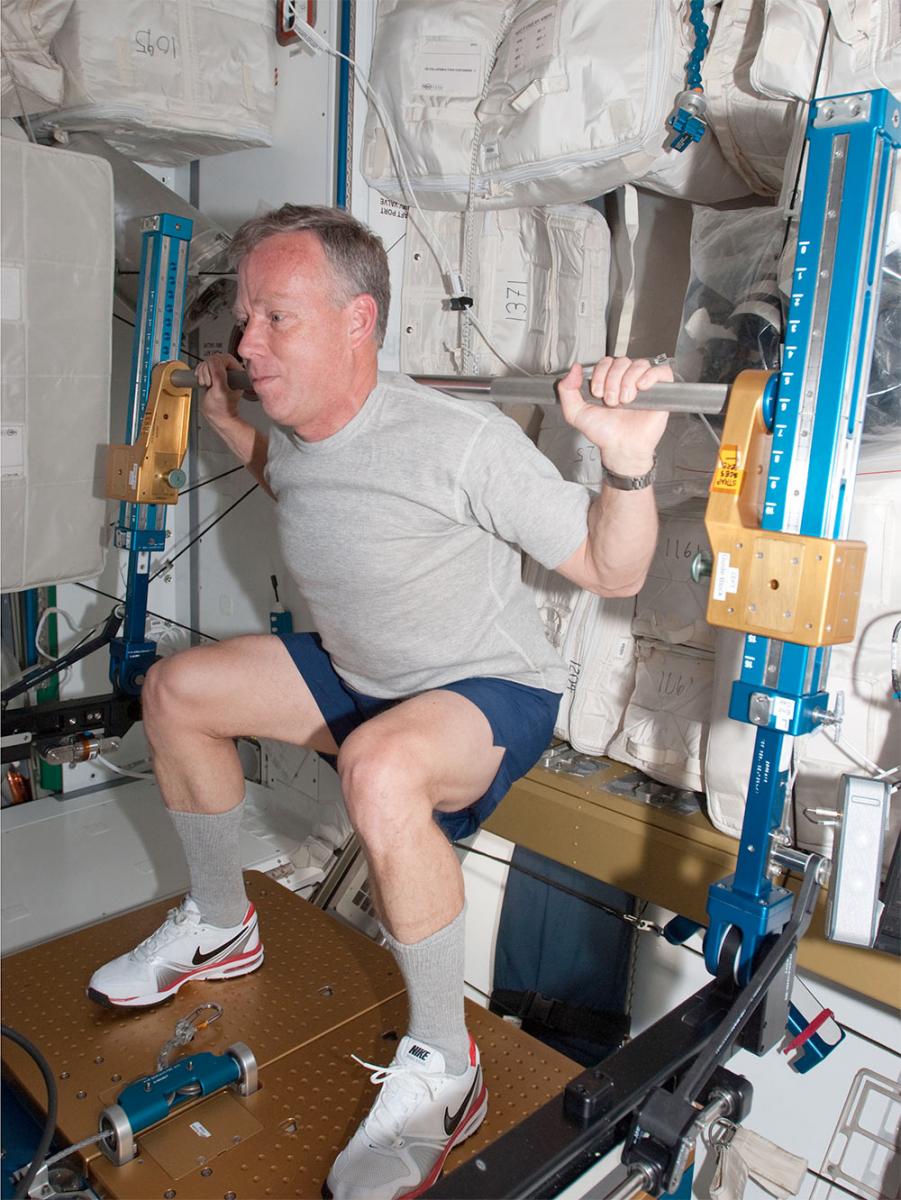
Weightlessness of space has benefits, too
The weightless environment of space can also be useful in science.
On earth, Warren explained, growth of engineered biomaterials such as organ tissue is limited because as the tissue increases in size to the point it is useful, it collapses on itself before vasculature and nerves have a chance to mature. Tissues don’t collapse in the microgravity of space, so the hope is that, absent gravity, engineered biological tissues can be grown and perhaps even organs can develop to full size for later use on humans much more quickly and efficiently than on earth.
Scientists hope that in the future they can grow stem cells and tissues for therapeutic use, and perhaps even organs in space where microgravity can be an advantage. Scientists are also developing ways to test drug’s effectiveness on organs-on-chips in space. Experiments with tissue chips are scheduled to start on the ISS in November, Warren said.
UC Davis geologist Dawn Sumner gives a tour of the rover and the instruments the probe carried to the red planet. Sumner has conducted experiments to determine the composition of Mars’ rocks and other landscape.
Human space exploration captures the imagination
For all of the scientific research happening in space and on earth, the most interest in the mission to explore space centers around people, Warren said. “It’s the people that make these flights a human endeavor — we have many robots and spacecraft exploring space, and we are learning tremendously from these efforts. But humans connect and relate to other humans. There were robotic missions on the moon before Neil Armstrong and Buzz Aldrin walked on the moon, but which mission captivated the world?”
Many difficult questions must be addressed before humans explore farther into space, Warren acknowledged. Only about 600 people have flown to space, so it’s a small and elite group. However, as companies like Blue Origin and Virgin Galactic make steady progress on sending private citizens into space, what does the future hold?
“I sure hope in my lifetime we go to Mars,” she said.
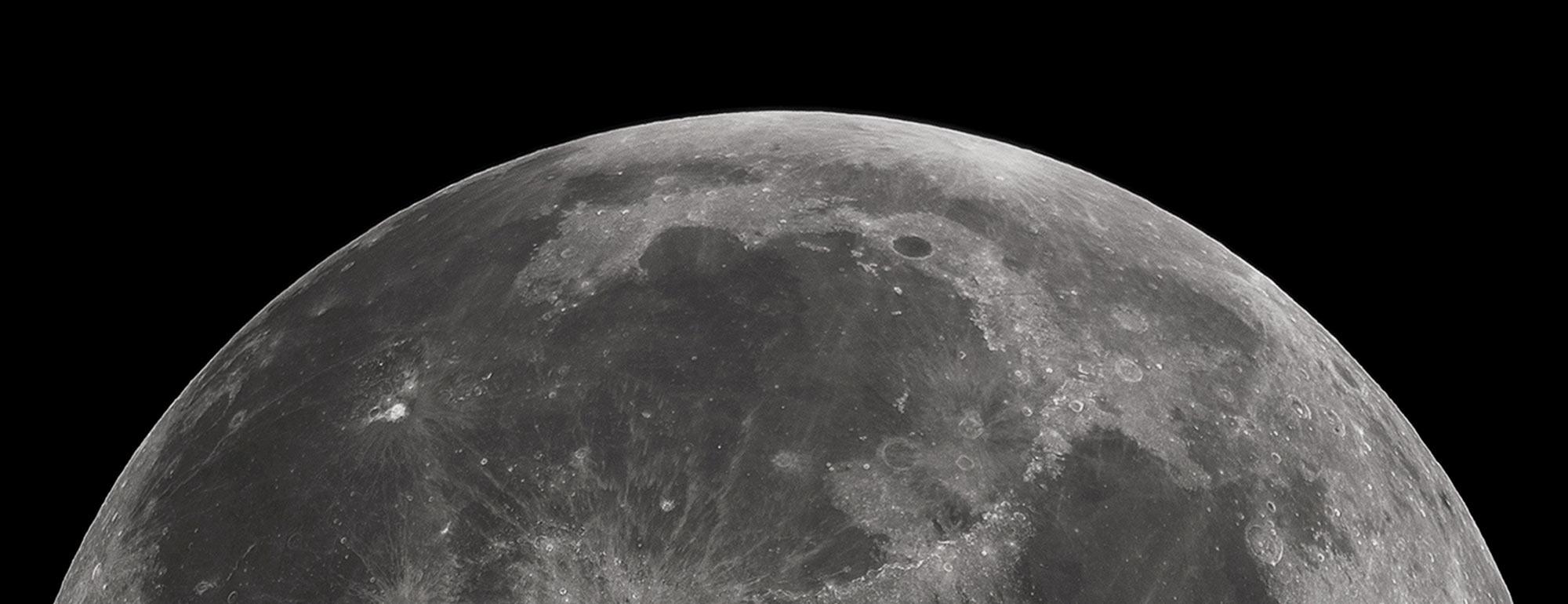
Media contact: Karen Nikos-Rose, UC Davis News and Media Relations, 530-752-6101, kmnikos@ucdavis.edu
Learn more about CASIS, growing tissues in space, exercise in space, and watch a video on Genes and Skeletons in Space with Dr. Liz Warren.
Related Stories
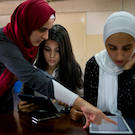
Refugees Reclaim Human Rights With Technology
“In the whole world, if you are Syrian, you have nothing. You have no rights. You have no life,” Kaysaneya said, in English. “I lived a life, and it’s not the one I was dreaming about.”
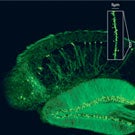
From Molecules to Minds
Vastly more advanced than any supercomputer, the complexity and versatility of the human brain is awe-inspiring. How do we map the mind?
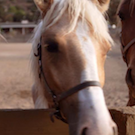
Saving a Dying Breed
After years of surviving in isolation on the Santa Cruz islands, this horse breed is teetering on the brink of extinction.
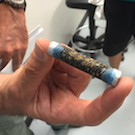
Pavement Research Center Keeps California on Road
Tough commute? Imagine driving it on roads of dirt or gravel.
